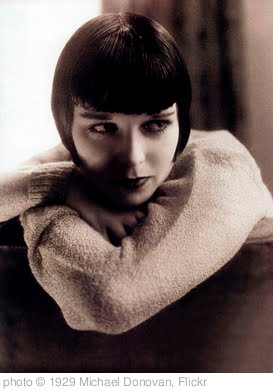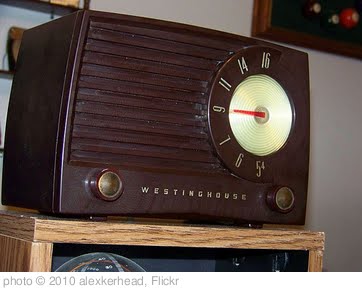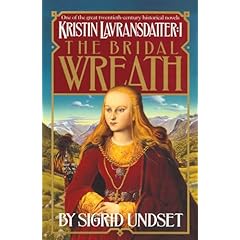 This Sherlock Holmes tribute starts off slowly, but the pace picks up about halfway through when the author has finished setting up the relationship between Holmes and his teenage, female apprentice, Mary Russell. Mary, a sharp-eyed, feminist mirror image of Holmes himself, is, from the beginning of their acquaintance, mach more actively involved in Sherlock Holmes’ experiments and detection than was the ever-admiring, but frequently dim-witted Watson. Russell, as Holmes calls her, becomes Sherlock Holmes’ protege, and eventually his equal partner in sleuthing as the two of them face off with an enemy even more subtle and diabolical than the deceased Moriarty.
This Sherlock Holmes tribute starts off slowly, but the pace picks up about halfway through when the author has finished setting up the relationship between Holmes and his teenage, female apprentice, Mary Russell. Mary, a sharp-eyed, feminist mirror image of Holmes himself, is, from the beginning of their acquaintance, mach more actively involved in Sherlock Holmes’ experiments and detection than was the ever-admiring, but frequently dim-witted Watson. Russell, as Holmes calls her, becomes Sherlock Holmes’ protege, and eventually his equal partner in sleuthing as the two of them face off with an enemy even more subtle and diabolical than the deceased Moriarty.
I had a good friend in high school/college days who was a great fan of Sherlock Holmes. I preferred Nero Wolfe or Miss Marple. I wish I knew where Winona was. I would definitely recommend The Beekeeper’s Apprentice to her—and to any other Sherlockian mystery fans, at least those who aren’t offended by the non-canonical addition of a female genius apprentice who sometimes outdoes even the Great Sherlock Holmes himself in her deductions and observations.
I’m in the middle of the second book of the series, A Monstrous Regiment of Women, and the feminist themes are definitely predominating in this one. However, the plot and characters and the writing are all stellar, and I’m definitely in for the long haul, unless the quality goes down or the feminist* propaganda gets to be too much. I’m looking forward to getting to know Ms. King’s version of Sherlock Holmes and his (now) partner, Mary Russell, over the course of twelve books.
*I would never use the word “feminist” to describe myself because the term has way too many connotations and associations that are anti-Christian and anti-male. However, Mary Russell’s version of feminism, so far (only in the second book), has much to recommend it. Ms. Russell is an independent and highly intelligent young woman who is learning how to relate to and older male mentor in a way that is dignified and and at the same time grateful for the things that he is able to teach her. So far, I like Mary Russell very much.








